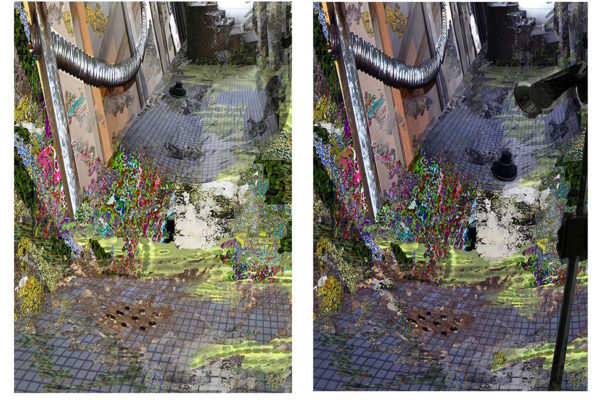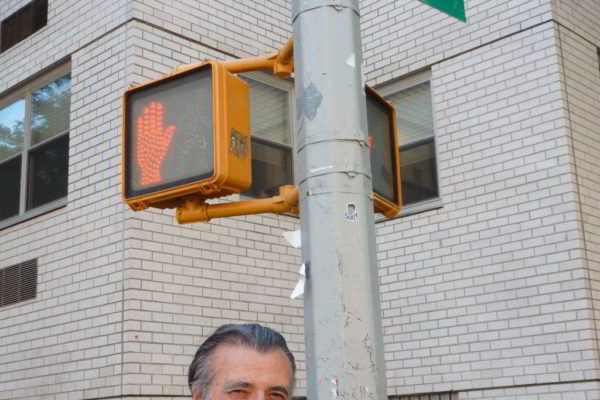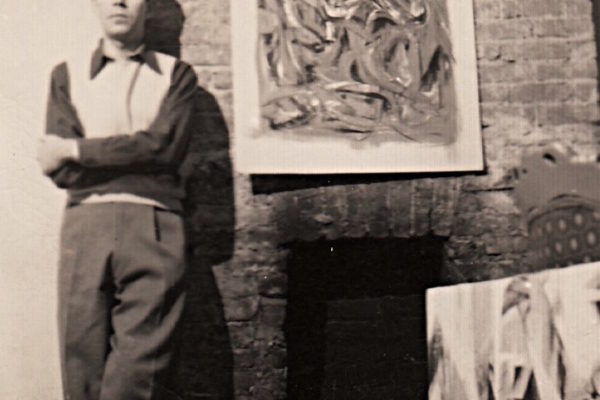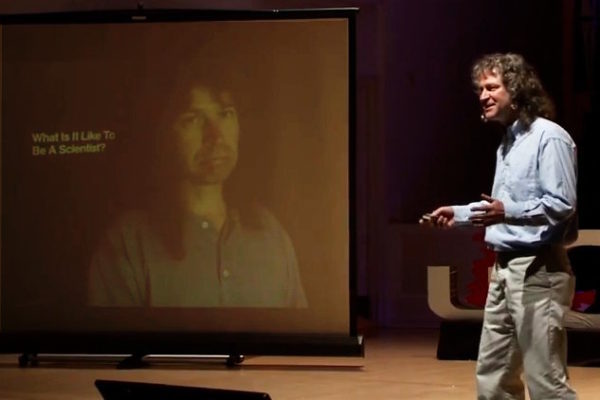An Interview with Inquiring Minds
Plus a few comments I thoroughly enjoyed being interviewed by Indre Viskontas. By the end we resonated! I should just like to reply to a couple of points that emerged in her recap with Joe Hanson, a writer and host of the video series “It’s Okay to Be Smart.” Indre seems to have misunderstood what … Read more



